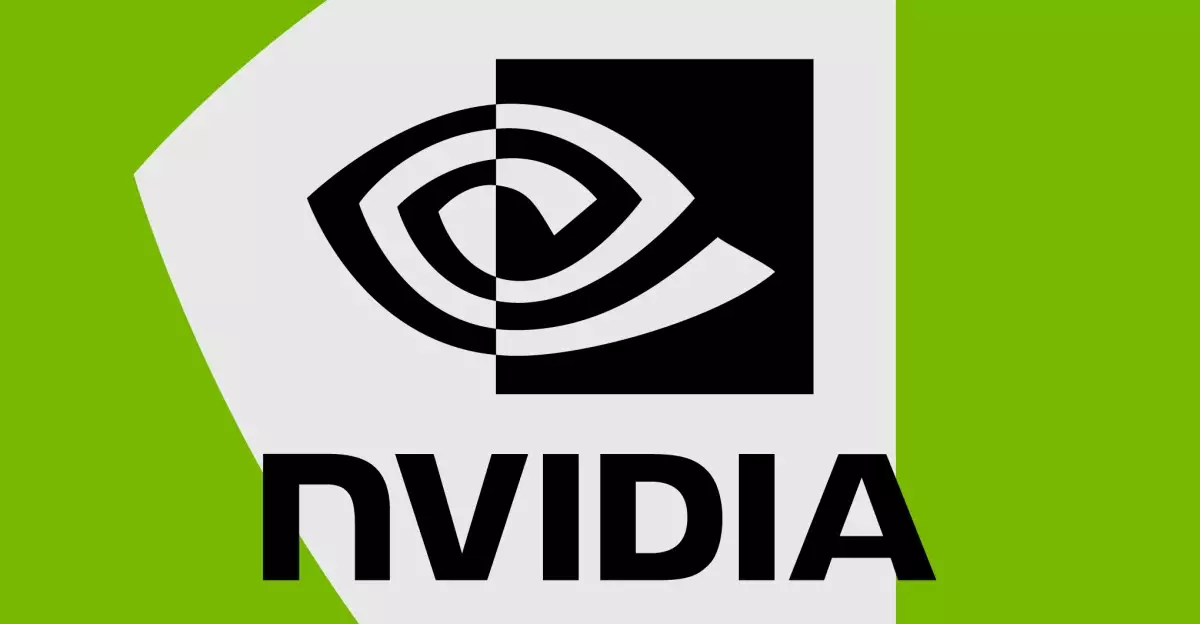Nvidia, a titan in the graphics processing unit (GPU) industry, has found itself entangled in a web of criticism concerning its recent driver updates. Over a span of four tumultuous months, users have been faced with an alarming array of issues stemming from Nvidia’s driver releases, particularly following the much-anticipated launch of the RTX 50-series cards. What was once a routine upgrade has spiraled into a nightmarish experience for countless gamers reliant on Nvidia hardware. The persistent issues associated with these updates—ranging from black screen incidents to complete game crashes—have not only caused frustration but have also raised serious concerns about the company’s accountability and quality control.
The primary catalyst for the fallout began in January, when Nvidia launched the problematic drivers for its new RTX 50-series. Users quickly reported numerous issues, compelling many to revert to earlier versions of drivers such as the December 566.36 release, a far more stable option. However, this rollback was not feasible for the new RTX 50-series owners, who found themselves gradually boxed into a corner. As this predicament unfolded, discussions escalated on platforms like Reddit and Nvidia’s own support forums, revealing a waterfall of dissatisfaction among the community.
Repeated Hotfixes: A Band-Aid Approach
In response to the growing discontent, Nvidia has implemented a series of hotfixes, the most recent of which, version 576.15, aimed to patch various critical malfunctions. While these updates are undoubtedly necessary, they resemble a patchwork solution rather than a comprehensive remedy. The launch of the 576.02 driver was initially received with optimism, as it purportedly corrected numerous bugs that had plagued previous releases. However, for a significant number of users, this “solution” only exacerbated existing problems, particularly affecting GPU monitoring utilities that reported erroneous temperature readings. That alone suggests a rushed development cycle, casting doubt on the thoroughness of Nvidia’s testing processes.
Furthermore, the community’s reaction to Nvidia’s updates has been less than favorable, with various reports still surfacing about crashes and performance hiccups, especially when utilizing G-Sync technology. When a company releases a prestigious product line like the RTX 50-series GPUs, the expectation of flawless performance ought to accompany it. Yet, the reality has been starkly different. Instead of bolstering confidence, the frequency of hotfix releases—a staggering four within just two months—has further solidified skepticism within the user base about Nvidia’s commitment to quality assurance.
The Ripple Effect: Trust and Reputation at Stake
Nvidia’s ongoing struggle with driver stability transcends mere inconvenience; it poses a significant risk to customer loyalty and brand reputation. For many PC gamers, Nvidia has typically stood as the gold standard in graphics performance, with a legacy built on reliability and efficiency. However, the string of issues surrounding the RTX 50-series launch has severely eroded that standing, prompting questions about whether careful quality oversight remains a priority within the company. If Nvidia continues to stumble in its rollout of drivers, it could create an opening for competitors like AMD and Intel to exploit, especially if they can position themselves as reliable alternatives.
Moreover, the recent controversies surrounding the RTX 50-series—the troubling reports of melting power cables and occasional manufacturing defects—only compound the situation. Such incidents signal a concerning trend that calls into question not just Nvidia’s driver competence but its overall product integrity. Gamers are understandably wary when investing in high-ticket items like GPUs, and trust once lost can be challenging to regain.
Nvidia stands at a crossroads. The company must confront its shortcomings head-on and ensure that its driver development cycle integrates rigorous testing and feedback mechanisms. Maintaining transparency with users while taking accountability for its missteps could serve as crucial steps in repairing the frayed relationship between Nvidia and its consumer base. As gamers look forward to advancements in GPU technology, they also deserve a commitment to quality that has, regrettably, been overshadowed by recent mismanagement.


Leave a Reply